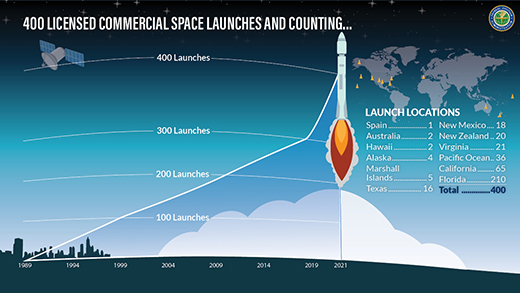News and Updates – FAA Completes Rule Establishing Pilot Records Database to Increase Safety
New rule enables the sharing of pilot records among employers.
New rule enables the sharing of pilot records among employers.
Additional penalties may be levied if corrective actions are not completed on time.
The Federal Aviation Administration (FAA) published a final policy aimed at ensuring that airport solar projects dont create hazardous glare. The policy requires airports to measure the visual impact of such projects on pilots and air traffic control personnel.
The policy applies to proposed solar energy systems at federally obligated airports with control towers. Federally obligated airports are public airports that have accepted federal assistance either in the form of grants of property conveyances
As more airports invests in this technology for environmental and economic benefits, the FAA wants to make sure that the reflection from the systems glass surfaces do not create a glare that poses a safety hazard for pilots and air traffic controllers.
Under the final policy, airports are no longer required to submit the results of an ocular analysis to FAA. Instead, the airport must file a Notice of Proposed Construction or Alteration Form 7460-1 that includes a statement that the project will not cause any visual impact. The airport submits the form to the FAA for review and approval.
The FAA relies on the airport to confirm via the form that it has sufficiently analyzed the potential for glint and glare and determined there is no potential for ocular impact to the airport traffic control tower cab. If any impacts are discovered after construction, the airport must mitigate the impact at its expense. The airport may also face compliance action for failure to address visual impacts that create aviation safety hazards. As such, the agency encourages an airport to conduct sufficient analysis before installing a solar energy system.
The FAA is also withdrawing the recommended tool for measuring the ocular impact of potential glint and glare effects on pilots and air traffic controllers.
This final policy supersedes the interim policy published in 2013.
The FAA has downgraded Mexico’s rating to Category 2 from Category 1.
Todays Virgin Galactic SpaceShipTwo flight from Spaceport America in New Mexico marks the 400th launch that the Federal Aviation Administration (FAA) has licensed. This achievement is made possible by the U.S. commercial space industrys ingenuity and the FAAs commitment to public safety.
FAA licensing is a critical step in protecting public safety during commercial spaceoperations. AnFAA licenseis required to conduct any commercial space launch or reentry, the operation of any launch or reentry site by U.S. citizens anywhere in the world, or by any individual or entity within the United States.
The FAA works with operators to make sure they are meeting the requirements to conduct launches. This includes having FAA safety inspectors monitor all phases of licensed activities. The agency also works with the industry to safely and efficiently integrate commercial space operations in the National Airspace System.
There have been no fatalities, serious injuries or significant property damage to members of the public during any FAA-licensed launch. The FAA is committed to maintaining this safety record as the pace of commercial space operations quickens.

The number of FAA-licensed commercial space launches has dramatically accelerated from only one in 2011 to a record 39 in 2020. The growth is expected to continue as the industry looks towards space tourism in the coming years.
The first licensed launch occurred in New Mexico, when a Space Services Starfire launched from White Sands Missile Range in 1989.
The subsequent launches included suborbital and orbital flights and missions that delivered payloads to the Earths orbit and moon as well as interplanetary space. The missions had diverse goals such as carrying supplies and crew to the International Space Station, advancing scientific and medical research, and testing space capsules and rocket systems. They also involved deploying satellites for commercial use and for supporting the national interests of the United States.
The launches occurred in seven U.S. states, four foreign countries and the international waters of the Pacific Ocean. They were launched from traditional land-based sites, ocean platforms and while airborne using carrier aircraft.